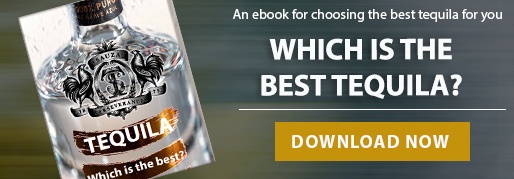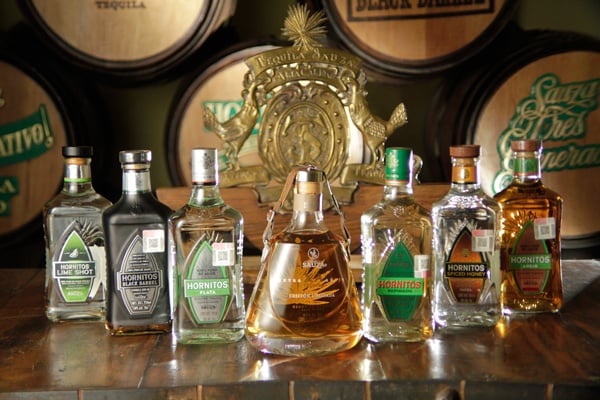
With ten years of experience in the distilled beverage industry and five years as an Ambassador for the brand, I am often asked how much tequila a human being can consume without getting drunk.
There are many myths about this issue, and here are the answers you've been looking for. First, to discuss the number of alcoholic beverages that a human can drink without getting drunk, we would have to define some basic concepts and processes that would help us better understand the composition of alcoholic beverages, especially tequila.
A Standard Drink unit has been established in Mexico to measure how much alcohol we can drink formally. In this article, you will find out how this final measurement was calculated. Based on it, we now know that an adult man should not consume more than an ounce and a half of alcohol per hour and a woman an ounce per hour. We suggest that you read the whole article so you know how this amount of alcohol was calculated.
How much Ethanol do alcoholic beverages have?
Ethanol, also known as ethyl alcohol, is a colorless, strong-smelling, volatile, and flammable chemical compound. It is obtained by distilling fermented products of sugary or starchy mixes such as grapes, molasses, beet, or potatoes. Among others, beverages such as wine, beer, and tequila contain Ethanol.
Under normal pressure and temperature conditions, Ethanol is a liquid with a boiling point of 78.4 ° C and is miscible in water in any proportion. Its chemical formula is CH3-CH2-OH (C6H6O). It is the primary chemical compound of alcoholic beverages such as wine (13%), beer (5%), liquors (up to 50%), and tequilas (55%). It is essential to mention that Ethanol is the only alcohol suitable for human intake.
How is Ethanol obtained in tequila?
Any elaboration process of an alcoholic drink, either distilled or fermented, starts with the growing and farming of the raw material that will be used depending on the glass. For example, wine comes from grapes, vodka from potatoes, whiskey from grain distillates such as wheat, barley, or corn, and beer from barley and tequila from agave.
Each beverage is processed differently depending on the kind of drink we are ultimately trying to produce and on its specific characteristics and profiles.
How is tequila produced?

In the case of tequila, the process begins with selecting the Tequilana Weber blue variety agaves. Once this succulent plant reaches its ripening peak, which takes 6 to 8 years, it is harvested to process its sugars in the distillery.
The harvest of the agave is known as jima. During the jima, the agave leaves are cut and separated from the heart, known as pineapple. The agave pineapple fibers contain starches that will later be turned into simple carbohydrates utilizing a hydrolysis process, and then, they will be fermented using yeasts.
The dead must, the result of the agave juice ferment, goes through a distillation process in distillation columns or stills. First, the musts are boiled to separate their more and less volatile components. Next, the captured vapors are cooled and condensed, and the distillate is received in another container to continue its process.
Distillation plays a vital role in tequila processing since it aims to concentrate the alcoholic part by eliminating the water and solid particles that come from the fermentation process. It also gets rid of those impurities and undesirable components that could be harmful to human health. According to the norm, tequila must be distilled twice to eliminate all kinds of impurities that can not be present in the drink.
Depending on the specific characteristics we want our distilled beverage to have, the tequila will go through different aging processes in "pipones" or barrels. Depending on the wood they rest in, and the time they are left to sleep, we will obtain various kinds of tequilas.
Lastly, the tequila undergoes a filtration process to remove unwanted aromas or dilutions and adjust its alcohol content according to the country's norms to which it will be exported.
How are alcoholic beverages classified?
According to Article 217 of the Mexican General Law of Health, an alcoholic beverage is considered as such when it has an ethyl alcohol content of 2% to 55% Alc. Vol. Liquids that have a more extensive amount of alcohol than this can't be commercialized as "drinks." According to the Regulation of Sanitary Control of Products and Services, in its only chapter for alcoholic beverages, Article 175, we can consider alcoholic beverages the following:
- Fermented drinks
- Distilled drinks
- Liquors
- Prepared alcoholic beverages and cocktails.
Likewise, in Article 176 of that same chapter, based on their alcohol content, alcoholic beverages are classified as:
- Of low alcohol content: beverages with an alcohol content of 2% to 6% by volume.
- Of average alcohol content: beverages with an alcohol content of 6.1% to 20% by volume.
- Of high alcohol content: beverages with an alcohol content of 20.1% to 55% by volume.
The Official Mexican StandardNOM-142-SSA1 / SCFI-2014, which establishes the sanitary specifications and the requirements for the commercial labeling of alcoholic beverages that are commercialized in Mexican territory, defines the previous alcoholic beverages in the following way:
- Fermented alcoholic beverage: Product that results from the fermentation -alcoholic mainly- of raw materials of vegetable origin. Ingredients and additives allowed in the Agreement, which permitted additives and coadjuvants in food, beverages, and food supplements, are specified, and their use and sanitary provisions may be added. They have an alcohol content of 2% to 20% Alc. Vol.
- Distilled alcoholic beverage: Product obtained by the distillation of fermented liquids that have been prepared from vegetable raw materials in which all or a part of their fermentable sugars have undergone their primary fermentation process, the alcoholic one, as long as the distillate has not been completely rectified. The product must, therefore, contain the secondary substances formed during fermentation and the characteristics of each drink (except for vodka). They are susceptible to being softened and, if necessary, aged or matured. Ingredients and additives allowed by the Agreement in which the permitted additives and coadjuvants for food, beverages, and food supplements are specified, as well as their use and sanitary provisions, may be added. They have an alcohol content of 32% to 55.0% Alc. Vol.
- Prepared alcoholic beverages: Products made from distilled or fermented alcoholic beverages, liqueurs, or mixtures, scented and flavored with specific procedures. Other ingredients, additives, and coadjuvants allowed in the Agreement by which the permitted additives and adjuvants in food, beverages, and food supplements as specified, as well as their use and sanitary provisions, may be added. They have an alcohol content of 2.0% to 12.0% Alc. Vol.
- Cocktail: Product made from distilled, fermented alcoholic beverages, liquors, neutral spirits, quality alcohol or common alcohol or a mixture of them and water, scented and flavored with specific procedures. Ingredients, additives, and coadjuvants allowed in the Agreement that specify the permitted additives and coadjuvants in foods, beverages, and food supplements, as well as their use and sanitary provisions, may be added. They have an alcohol content of 12% to 32% Alc. Vol.
- Liquor or cream: Product made with distilled alcoholic beverages, neutral spirit, quality alcohol, or common alcohol or a mixture of them, with a content of no less than 1.0% (m/v) of sugars or total reducing sugars and water; scented and flavored with specific procedures. Other ingredients, additives, and coadjuvants allowed in the Agreement by which permitted additives and coadjuvants are specified for food, beverages, and food supplements, as well as their use and sanitary provisions may be added. They have an alcohol content of 13.5% to 55% Alc. Vol.
In addition to all that has been previously mentioned, numerous rules, laws, and regulations related to alcoholic beverages exist, and these may be federal, state, or local. Therefore, it is recommended that the legal framework of each region of the national territory be reviewed.
Standard Drink
Standard drink (TE for Trago Estándar) or Standard Drink Unit (UBE for Unidad de Bebida Estándar) is a measurement unit used to determine a fixed amount of pure Ethanol per drink. This measure allows us to quantify how much a person drinks accurately, and it is also crucial when running screening tests or surveys.
The value given to the standard drink is not universal, so it is common to find variations in the amount of pure Ethanol it contains depending on the country or the research done. In addition, there is a wide variety of alcoholic beverages in different concentrations, which are also sold in various ways, such as by glass, by can, by the bottle, by the barrel, or other presentations, which can complicate the use of the TE as a measurement unit.
Regardless of the container used to drink the different types of drinks (shot, old-fashioned glass, glass, jar, etc.), the SD helps us calculate what makes up a drink depending on the alcohol concentration it has. It is also helpful when calculating how many SD each drink presentation has. In summary, the Standard Drink unit is used for:
- Running studies about how much a person or population drinks
- Establish guidelines once the TE that corresponds to a given region has been settled and determines, thus, the parameters to limit Moderate Intake.
- They are preventing the harmful use of alcohol.
Standard Drink in Mexico
Several national official agencies have used the Standard Drink unit in their education and health promotion programs, such as:
- National Commission against Addictions (CONADIC)
- Youth Integration Centers (CIJ)
- Institute for the Care and Prevention of Addictions (IAPA)
- Social Research Foundation (FISAC).
In Mexico, the Standard Drink has a value of 13 grams according to what is stipulated in NOM-142-SSA1 / SCFI-2014 and NOM-047-SSA2-2015 as a standard drink. Therefore, to determine the amount of pure alcohol a standard glass has, studying the country's most consumed beverages is necessary. In Mexico, according to the Global Status Report on Alcohol and Health (2014) of the World Health Organization (WHO), 76% of the alcohol that is consumed corresponds to beer, 22% to distilled spirits, 1% to wines, and the remaining 1% to other beverages. Thus, the equivalence of grams of alcohol of the following drinks is represented like this:
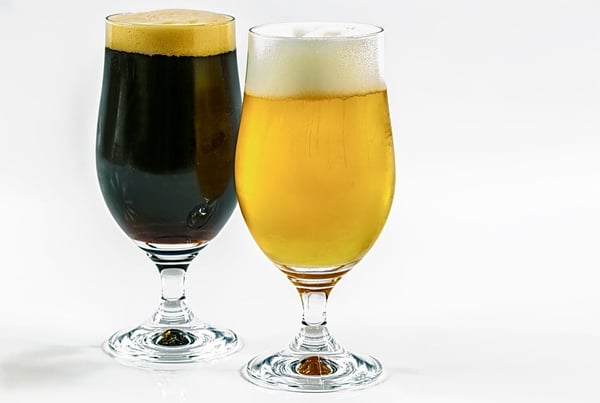
BEER, 340 ml - 4.5% Alc.Vol. 12 g of alcohol
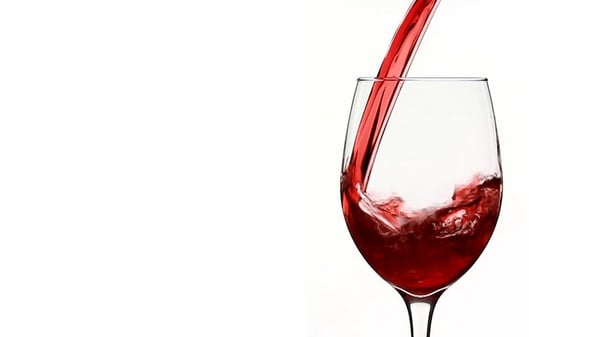
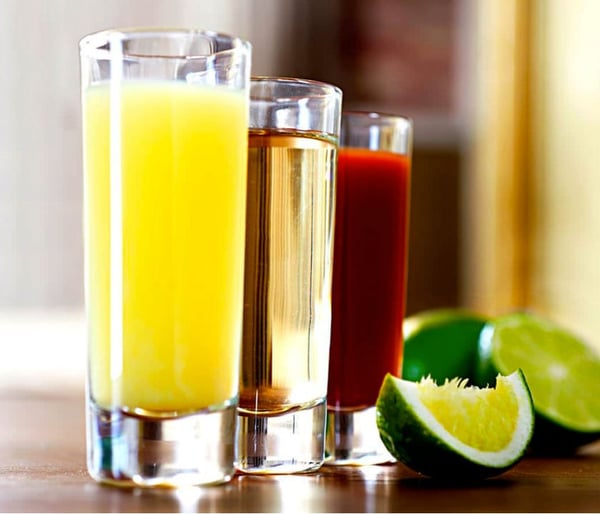
Tequila, 40 ml - 38% Alc. Vol. 12 g of alcohol
We know that 13 g of Ethanol is metabolized in the body of a healthy adult man in about an hour and a healthy adult woman in an hour and a half.
Once we correlate drinks with the time it takes to metabolize Ethanol in the body, it will be easier to quantify our intake and, thus, be aware of the amount of alcohol we have.
Responsible Intake of Alcohol
Here are some recommendations that we share so you have better control of your alcohol intake:
- Always keep track of what you drink and how much you drink
- Get informed about the TE so you can calculate your drinks accurately
- Set goals, decide how much and on what day you'll drink
- Go slow and at a good pace. Don't drink more than one TE per hour
- Eat something before and while drinking
- Avoid drinking in situations or with people that usually lead to overdrinking.
- Plan so you can control your impulses.
- Use your right to say "no" firmly and know and respect your limits.
Come and visit Casa Sauza; our bartender will prepare the best tequila-based drinks you'll ever have. Have a tequila-based drink right at Tequila, Jalisco!
.png?width=50&height=50&name=10.CS-Redondo%20(1).png)
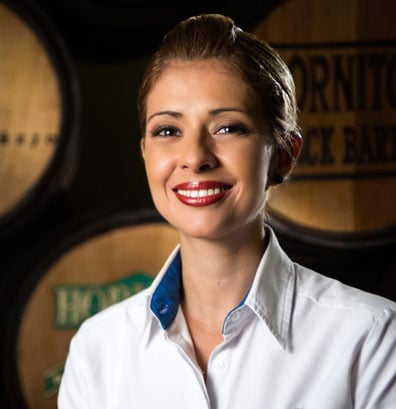 Karina Sánchez
Karina Sánchez
